“The minute you put a microphone right up against the skin of a drum you've got a problem because it doesn't sound like it's supposed to”: How the rules of drum recording were shaped over decades of trial and error
A history of those who figured out the best ways of capturing a live drum kit in the studio
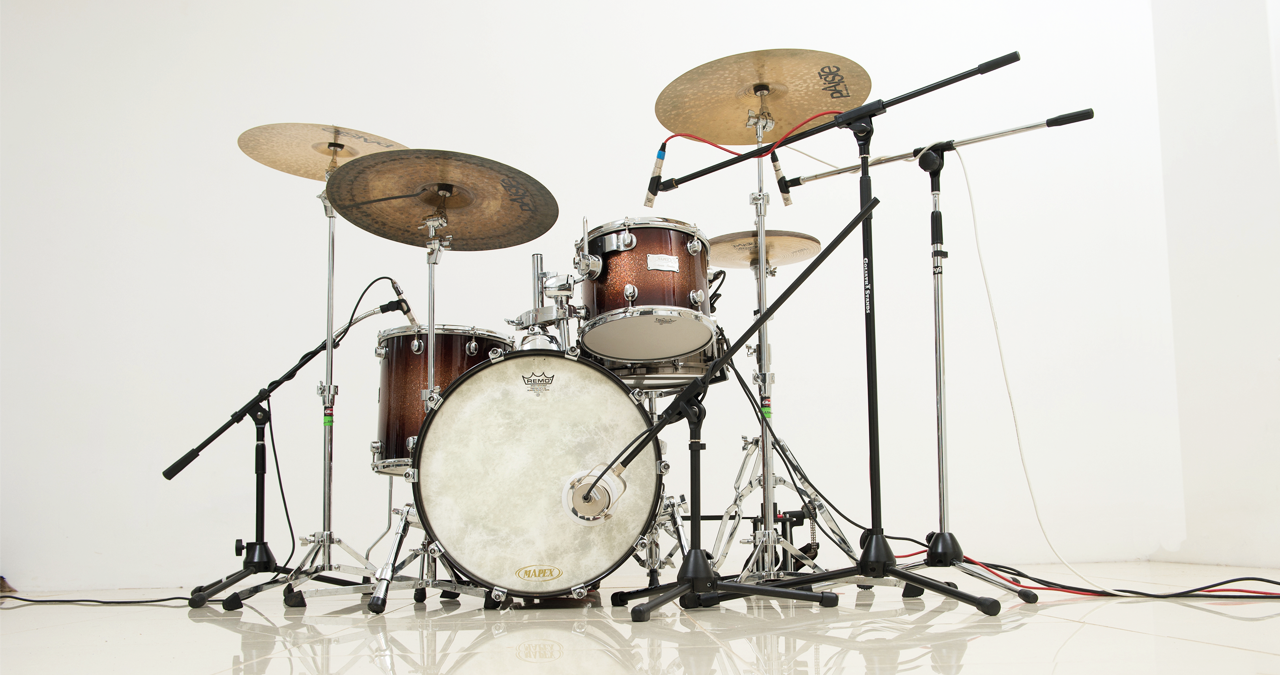
DRUMS WEEK 2025: Drum recording is one of the most discussed topics amongst engineers and producers, and for good reason. There are multiple ways to approach it and the correct option can be influenced by a whole host of factors including the type of sound you’re after, the complexity of the drum part, the playing of the drummer and the acoustics of the space you’re recording in.
Over time these factors have led to a number of innovative methods that are now established options for anyone recording drums. Here we’re going to take a look at some of the significant techniques and the key people involved.
Close Miking
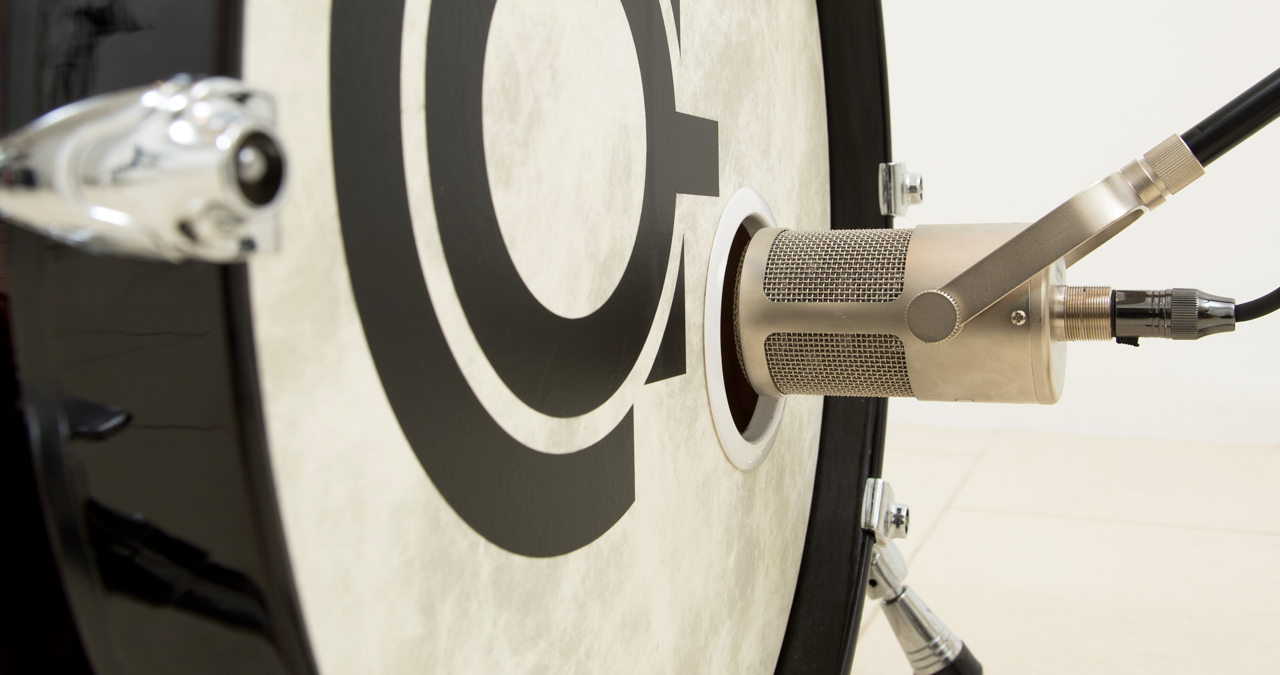
It’s impossible to tell who first chose to close mic drums in a studio context, however engineers were looking at ways to get more definition and punch from the kit and it no doubt seemed like a reasonable solution. It’s well documented that the early Beatles engineer Norman Smith used a 2 mic set up combining an overhead and a closer mic in front of the kick.
Geoff Emerick then developed this to include a side snare mic and then later added more mics around the kit, getting bolder and closer with the mic positioning.
Nevertheless, closer miking of the drums likely started in the 1950s. Characters such as Joe Meek were renowned for their innovative approaches, and blues recordings for Chess Records in the 1950s seem to indicate use of a separate closer kick drum mic. It’s been suggested that the drum recording for Buddy Holly’s Peggy Sue uses 3 mics, although this is hard to corroborate and would be a move away from producer Norman Petty’s regular single mic technique.
One of the key concerns at the time was the use of expensive and delicate ribbon or capacitor mics in close proximity to loud sources. EMI Studios for example had strict rules about mic usage. Even so, as dynamic mics became better and more types became available, these concerns lessened and close miking techniques became more common.
Then, recording track counts grew and desk sizes increased. This provided the opportunity to place close mics wherever you felt they were needed and record them to individual tracks.
The Glyn Johns Method
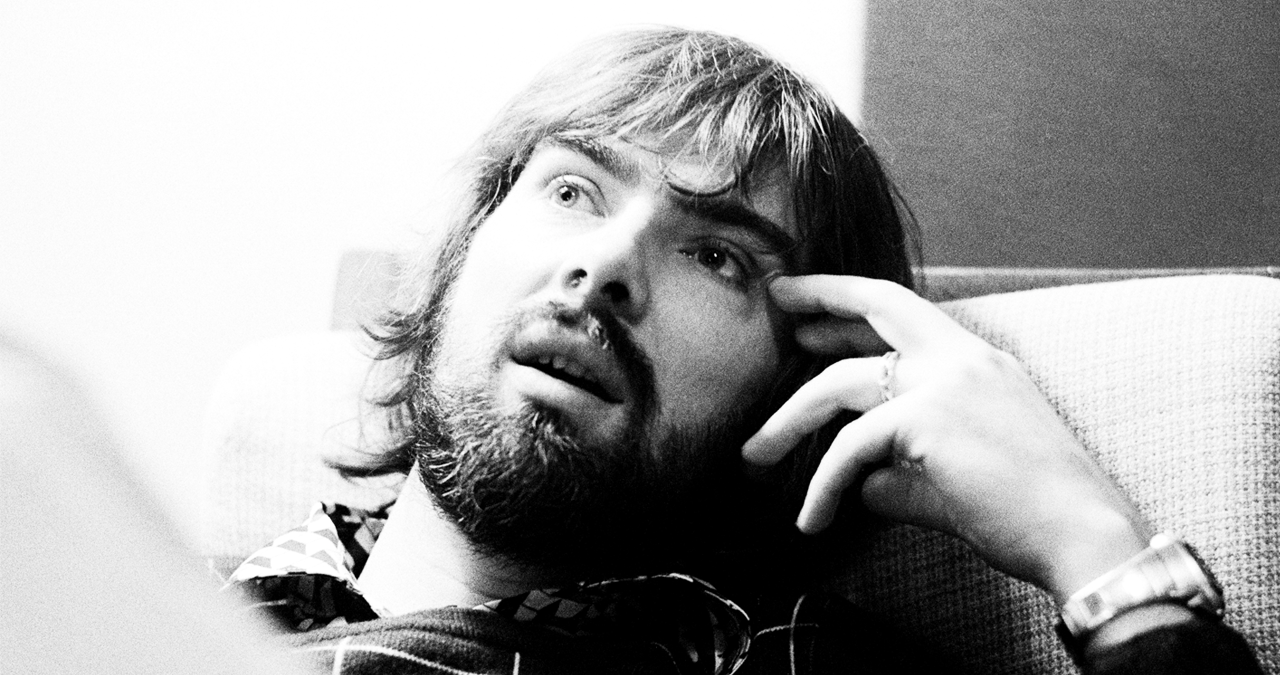
Getting a drum recording technique named after you is unusual, but that’s exactly what Glyn Johns achieved, and like many things in recording, it was all a bit of an accident.
He recounts the circumstances in his autobiography Sound Man. While recording the first Led Zeppelin album at Olympic Studios Johns had set up his typical 4 mic drum kit arrangement - overhead, floor tom, kick and snare. At some point he’d moved one of the drum mics to do a guitar overdub and then moved it back to continue recording drums.
However, he hadn’t reassigned it or centred the hard left panning, so when he then turned it up alongside the overhead he got a lopsided but impressive sounding stereo image.
By tweaking just these two mics - one behind the floor tom and one overhead - so they were both equidistant from and pointing at the snare, then by using halfway left right panning rather than hard panning, he got an impressive and big sound. The mics in question were a pair of Neumann U67s (large capsule valve cardioids), and Johns acknowledges that the room and drummer (John Bonham) were both vital to the outcome.
Even so, it’s a technique he continued to use. So, if you have a balanced sounding kit in a decent space, then using minimal mics in a Glyn Johns style configuration can work very well.
Want all the hottest music and gear news, reviews, deals, features and more, direct to your inbox? Sign up here.
Johns continues to espouse his philosophy, telling the Tape Op Podcast that, “No musical instrument was invented to be heard from six-inches to two-inches away. The minute you put a microphone right up against the skin of a drum, or a microphone right up against the hole of an acoustic guitar, you've got a problem because it doesn't sound like it's supposed to.”
Recording Drums and Cymbals Separately
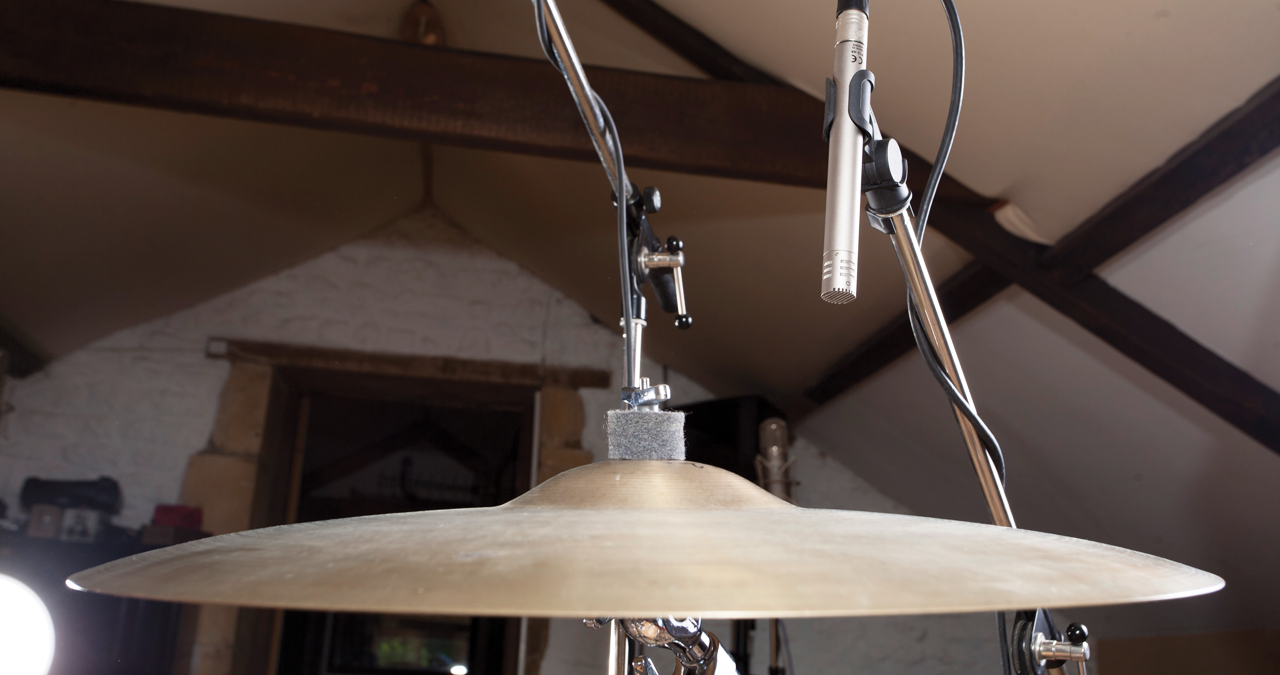
This particular technique was more than likely first used in the 1970s, however in recent times it’s become popular with hard rock and metal producers such as Eric Valentine and Nick Raskulinecz.
In essence you set up the kit with some kind of dummy cymbals. You could simply put towels over the regular cymbals, although if you use electronic pads you can give the drummer a proper headphone mix including sampled cymbals.
You then do a second pass just to capture the cymbals, and in this case the drums are covered and dampened in some way. Although well documented as a technique it can be quite tricky to pull off.
One option is to set up two kits in close proximity, and each will have opposite configurations - drums or cymbals. It also helps if the drummer is capable of playing virtually identical takes back to back.
Drum Dampening
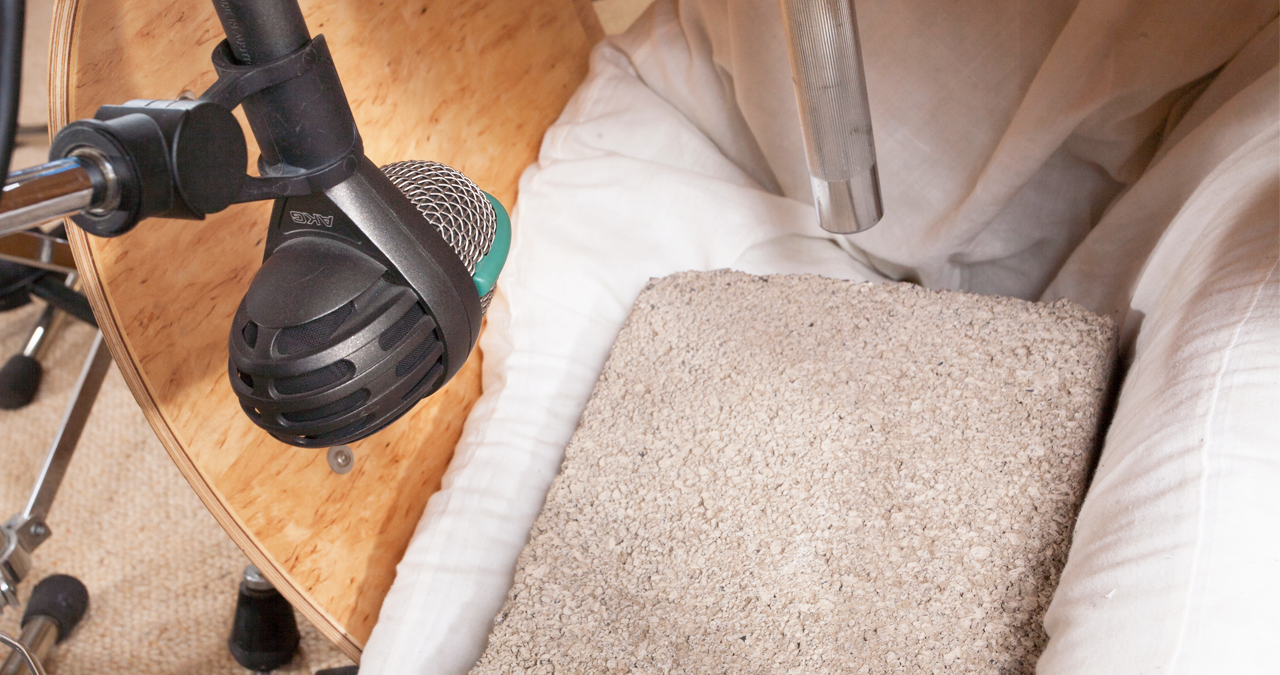
By their nature, drum kits are designed for big or open spaces. Put them somewhere small and they can sound overpowering and clattery. Modifying the drum resonance and sustain can improve things and this is particularly important for anyone trying to record a drum kit as the close sound is more critical.
Drum manufacturers have developed many options to try and help, including internal felt dampers, multiple ply and oil filled heads, gel pads, both internal and external ring mufflers and the latest snare weight devices.
However, in the past people had to be a bit more creative, and in addition to adding gaffa tape, popular techniques include a pillow in the kick, wallet on the snare drum and a tea towel on snare or toms.
The tea towel is an absolute classic technique that was particularly popular for disco style snares. It works well because a tea towel is thin enough so you still get some stick attack, but thick enough to deaden the drum.
Obviously, it limits the playability of the drum, making double strokes tricky. But for solid backbeat sounds it’s great. Who first did this is anyone’s guess but you can see one on Ringo’s snare and floor tom in the Beatles Savile Row rooftop gig in either the Get Back documentary or the Let it Be film.
Drum Replacement
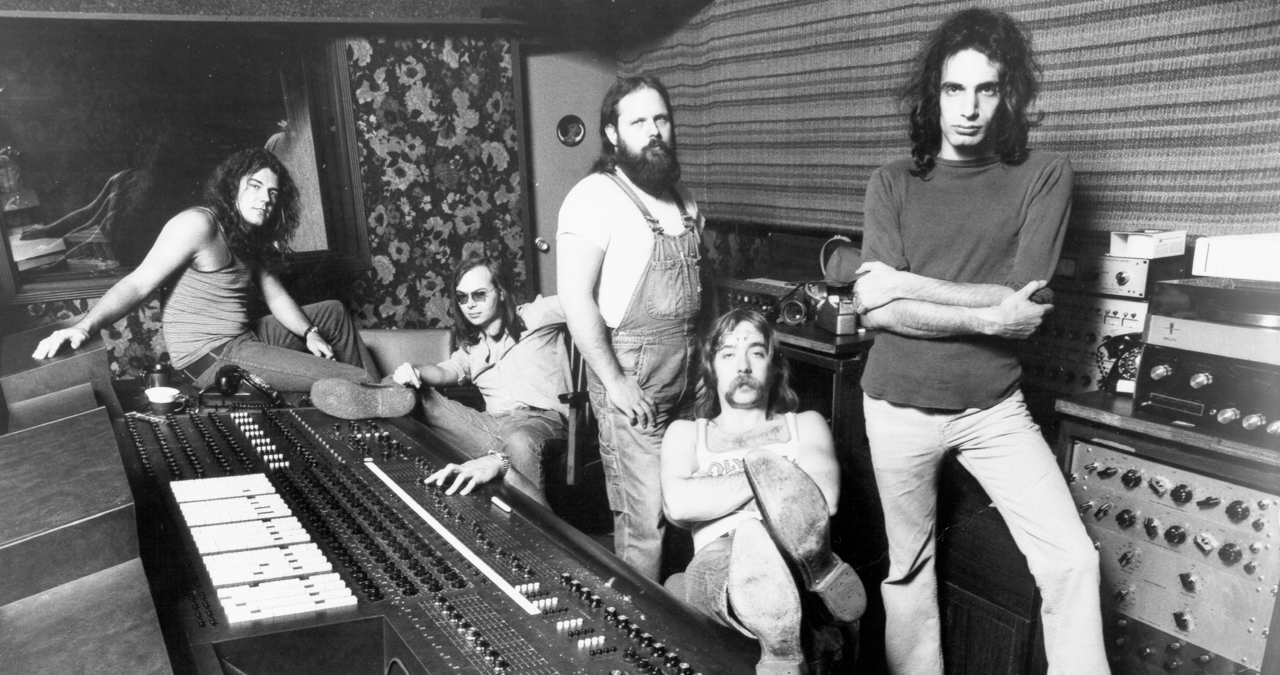
Steely Dan are well known for their meticulous productions, but despite having access to the pick of session drummers their engineer Roger Nichols wasn’t averse to a little bit of studio trickery to create the perfect drum track.
Initially this involved looping 8 bar sections of 24 track tape (Show Biz Kids). However, during the production of their 1980 album Gaucho he introduced them to a project he had been working on for a couple of years. Wendel was a sampling computer that allowed them to sample their own drum takes and create a repetitive drum part that still sounded like a drummer.
By all accounts it was a laborious process, and using a click trigger from the tape meant they had to print kick, snare, hi-hats and so on back to tape one track at a time. Nevertheless, it suited the production style they were aiming for and you can hear the outcome on Steely Dan’s Hey Nineteen and various tracks on Donald Fagan’s The Nightfly album.
Although drum machines were already a thing in the 1970s, Nichols' use of sampling technology in a drum replacement role was clearly pioneering and the shape of things to come, and ultimately led to Wendel’s induction into the NAMM TECnology Hall Of Fame.
One Drum at a Time
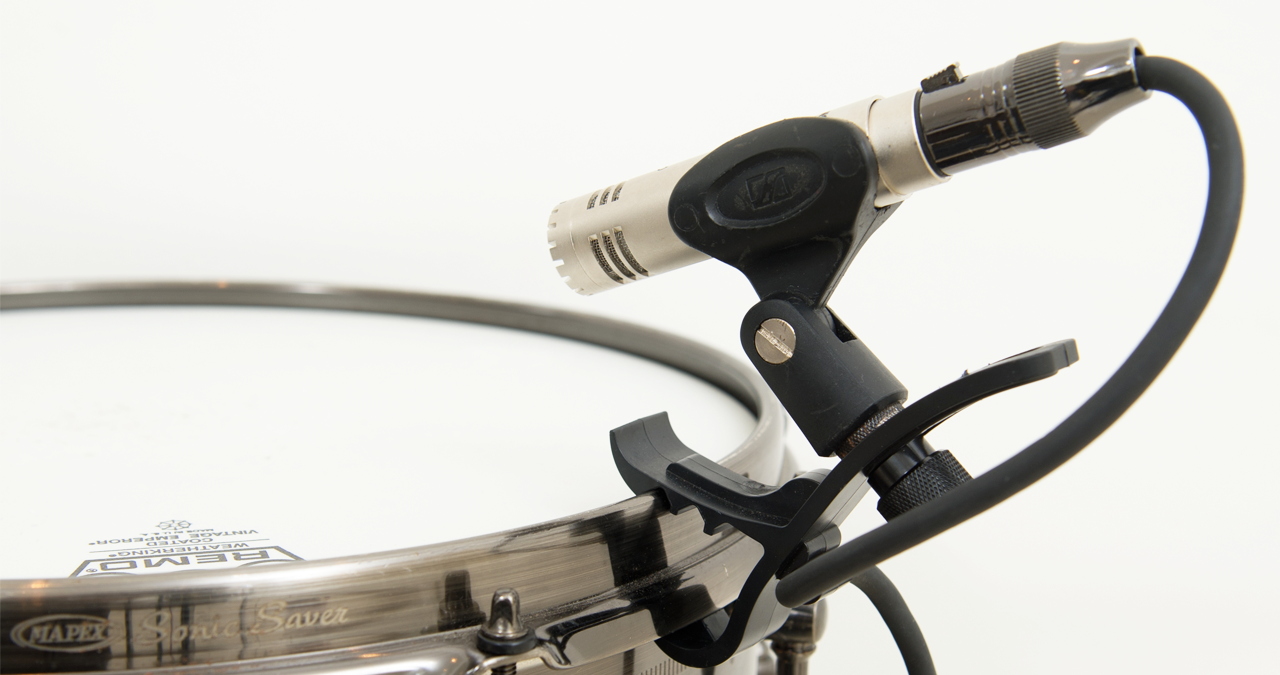
Getting separation when recording drums has led to various techniques, and elsewhere we talk about the process of tracking drums and cymbals separately.
However, another technique is to record individual drums separately. It may sound slightly crazy, but before the widespread availability of drum machines and after the arrival of 8 track or 16 track recording, this technique gained some popularity.
What’s more, you were still recording your own kit sounds, so the sounds were individual to your production. Probably the most famous example is Martin Hannett’s recordings for Joy Division's Unknown Pleasures album.
But plenty of other producers around this time would use this technique, if warranted. Meanwhile a variation on this theme is to overdub additional drum kit parts on top of the basic beat such as drum fills or cymbals.
Jon is a London based platinum award winning mixer, producer, composer and club remixer with a diverse CV that spans dance, pop, rock and music for media. He’s also a long term contributor to MusicRadar's music technology tutorials and reviews. Whether working alone or collaborating he usually handles final mixdowns, so you’ll also find MusicRadar peppered with his handy mixing tips.
You must confirm your public display name before commenting
Please logout and then login again, you will then be prompted to enter your display name.


